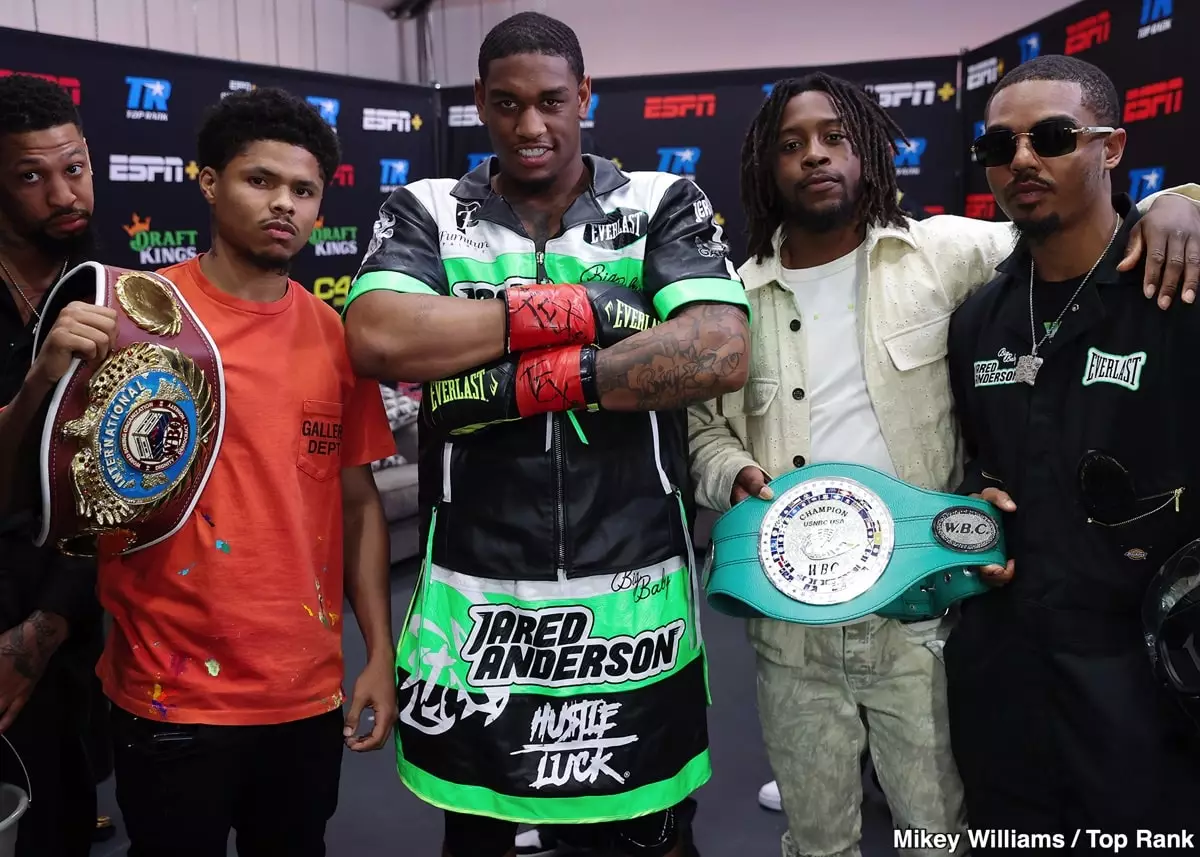Jared Anderson, a talented heavyweight boxer, recently faced criticism due to his reluctance to engage in risky exchanges during his fights. After a lackluster performance against Ryad Merhy, Anderson found himself in hot water for his defensive approach to the sport. The young boxer expressed concerns about potential brain damage, leading to questions about his long-term viability in the boxing world.
Anderson’s primary motivation for his defensive strategy stems from a fear of sustaining brain damage. While it is understandable that he wants to protect his health and well-being, it raises doubts about his ability to appeal to fans and garner widespread support in the boxing community. The sport of boxing inherently involves physical contact and risks, and Anderson’s aversion to getting hit poses a significant challenge for his career trajectory.
Anderson’s attitude presents a dilemma for promotional company Top Rank, which invests time and money in grooming fighters for success. Despite his undefeated record and considerable potential, Anderson’s style of fighting may not resonate with fans or generate the level of excitement expected in the sport. Top Rank faces the challenge of balancing Anderson’s concerns with the demands of the boxing industry, where entertainment value plays a crucial role in a fighter’s success.
Anderson’s fighting style draws comparisons to his close friend Shakur Stevenson, known for his defensive approach and strategic maneuvers in the ring. While emulating successful boxers can be beneficial, Anderson risks becoming pigeonholed as a fighter who prioritizes safety over entertainment. The parallels between Anderson and Stevenson highlight the influence of peers and mentors in shaping a boxer’s identity and approach to the sport.
In light of the backlash following his recent fight, Anderson acknowledges the need for adjustments in his fighting style. While maintaining a focus on defense is essential for a boxer’s longevity, striking a balance between safety and excitement is crucial for sustaining a successful career. Anderson’s realization that fans expect more from him signals a potential shift in his approach to future fights, as he aims to address criticisms and improve his overall performance.
Jared Anderson’s reluctance to get hit presents a complex challenge for his boxing career, as it raises questions about his ability to captivate audiences and attract attention in a competitive industry. While prioritizing health and safety is commendable, finding a middle ground between defensive tactics and engaging fight sequences is essential for Anderson’s growth as a fighter. As he navigates the demands of professional boxing, Anderson must undergo a strategic evolution to secure his position as a prominent figure in the sport.

